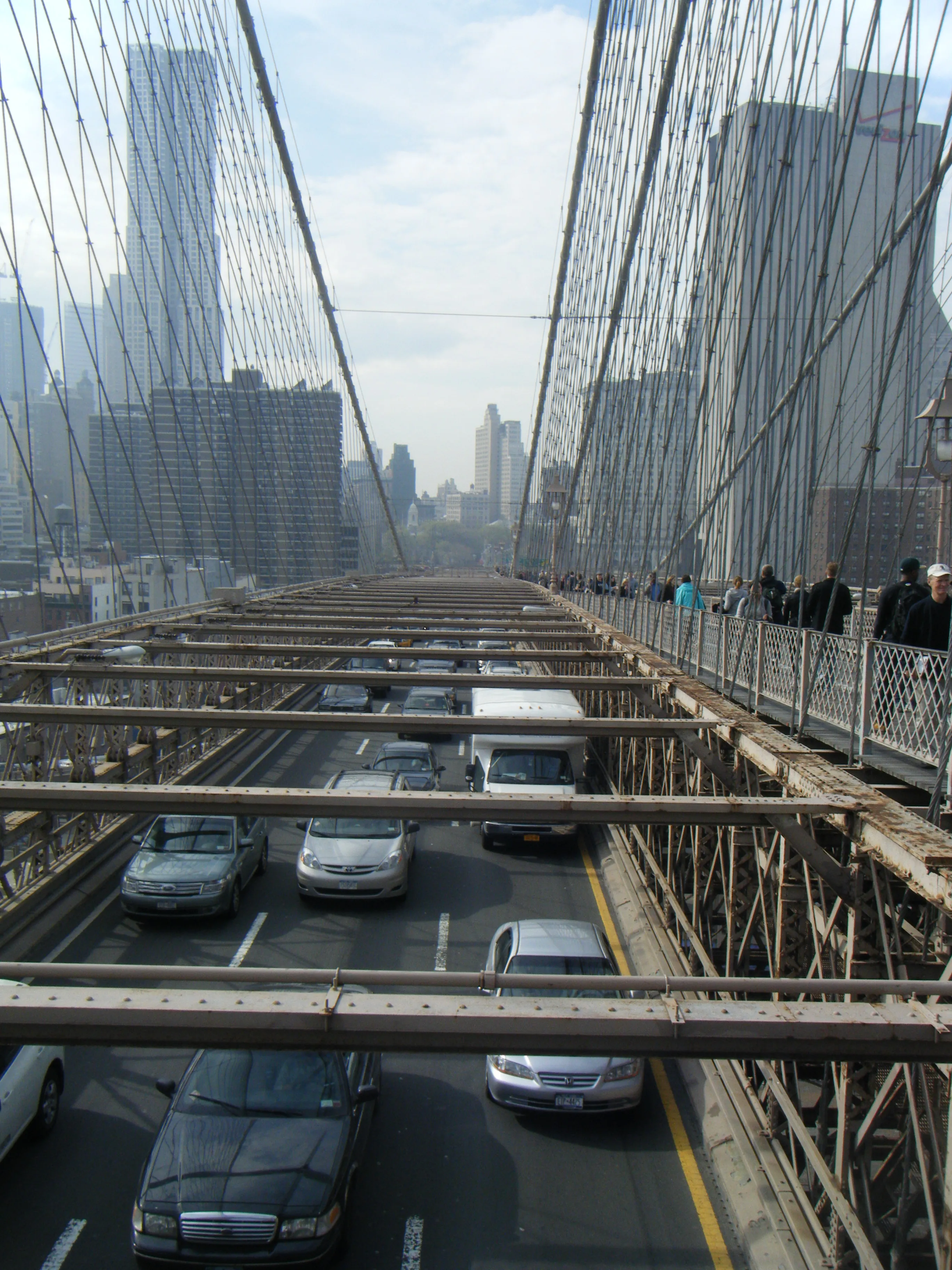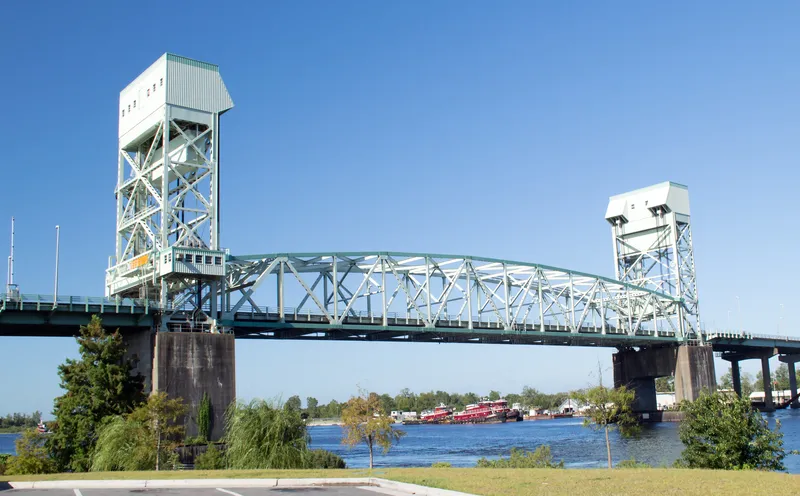
More than 1/3rd of bridges in the US either need major repair work or should be replaced. This is according to a new report from the American Road & Transportation Builders Association (ARTBA). The report is based on an analysis of the latest US Department of Transportation’s 2019 National Bridge Inventory (NBI) database.
The report says that 37% of US bridges are in need of work, around 231,000 in all. This worrying figure includes key bridge links as well as a number of the most iconic links in the US.
ARTBA says that if these bridges were placed end-to-end, they would stretch over 10,080km in length. To put this distance in perspective, this is equivalent to a journey from New York City to Los Angeles and back again to Chicago.
The issue is of serious concern as American drivers cross these bridges 1.5 billion times/day, around one-third of all daily bridge crossings according to the data.
Over 46,000 of those bridges are structurally deficient and in poor condition. They are crossed 178 million times/day.
An additional 81,000 bridges should be replaced, according to ARTBA chief economist Dr Alison Premo Black, who led the team conducting the analysis. One third of Interstate highway bridges (18,177 spans) have identified repair needs.
The report comes as Congress and the Trump administration continue working on measures to respond to the impacts of the COVID-19 pandemic. ARTBA says once policy makers shift from a rescue focus to economic recovery, robust transportation infrastructure investments have comprehensive benefits.
“Economic recovery from coronavirus begins with strategic road and bridge improvements,” according to ARTBA president Dave Bauer. “Increased transportation investments support direct job creation and retention, while putting in place capital assets that will enhance US productivity for decades to come. “The sooner we invest in robust new transportation improvements the sooner the American people will experience the economic benefits.”
ARTBA estimates the cost to make the identified repairs for all 231,000 bridges in the US at nearly US$164 billion, based on average cost data published by the Federal Highway Administration (FHWA.)
On a positive note, the number of structurally deficient bridges declined by 900 compared to 2018.
However, Dr Black commented, “At the current pace, it would take more than 50 years to repair America’s structurally deficient bridges. Our bridge network is underfunded and should be modernised. State and local government just haven’t been given the necessary financial resources to fully address the problem.”
States with the most structurally deficient bridges as a percent of their total bridge inventory, are: Rhode Island (22.3%); West Virginia (21%); Iowa (19%); South Dakota (17%); Pennsylvania (15.3%); Louisiana (13.2%); Maine (12.8%); Puerto Rico (12.3%); Michigan (10.8%); and North Dakota (10.7%).
States with the largest actual number of structurally deficient bridges are: Iowa (4,575 bridges); Pennsylvania (3,501); Illinois (2,407); Oklahoma (2,352); Missouri (2,147); California (1,797); New York (1,745); North Carolina (1,714); Louisiana (1,701); and West Virginia (1,531).
While these bridges may not be imminently unsafe, they need attention. Over 69,500 bridges across the country feature weight restrictions or other measures in place to reduce stress on the structure.
Over the last five years, Pennsylvania has reduced the number of its structurally deficient bridges by 1,200. Other states with large decreases: Oklahoma (753); Indiana (467); Ohio (412) and Virginia (391). In 12 states, the number of structurally deficient bridges increased over the five years, including: West Virginia (plus 472); Illinois (260); Florida (131); Missouri (80) and Montana (77).
Notable structurally deficient bridges include New York City’s Brooklyn Bridge; Washington, DC’s Theodore Roosevelt bridge; the San Mateo-Hayward bridge crossing San Francisco Bay – the longest bridge in California; and the Vicksburg Bridge in Mississippi.






